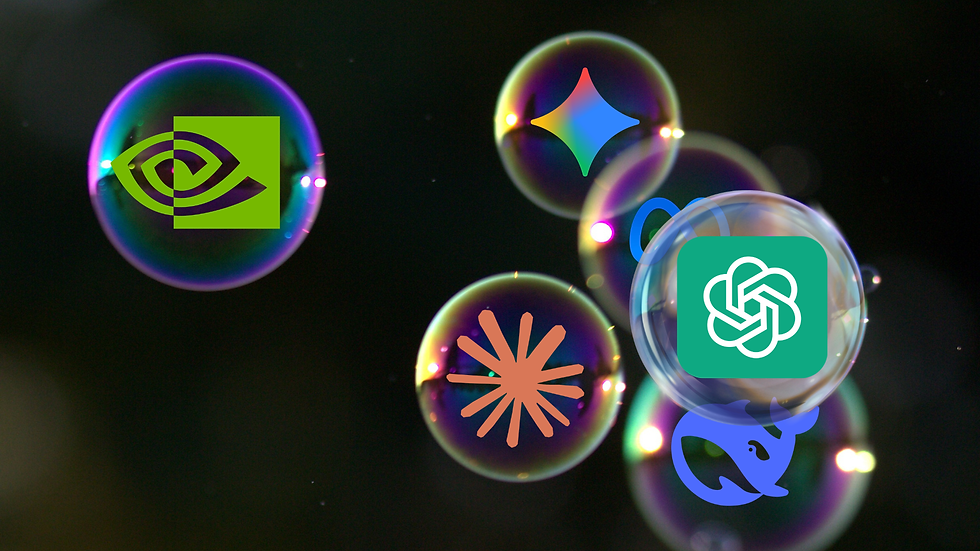The Bankification of Everyday Businesses
- Robert Goosen

- Oct 17
- 3 min read
How Dutch supermarkets stand at the forefront of a global trend
Seasoned grocery shoppers are equipped with loyalty cards to save some money, but a recent trend in Dutch supermarkets may have them do the opposite - paying extra. Customers of Albert Heijn and Vomar can opt to pay 10% extra, which the supermarket sets aside on their behalf. Once a certain threshold is reached (EUR 49 for Albert Heijn), they can withdraw the money with a 6% interest rate.
“Dutch retailing has always been at the forefront in terms of innovations.”
Jonne Guyt
You can deposit money, earn interest and withdraw money - the line between supermarket and bank is starting to blur. By offering an extra 10% on every purchase, supermarkets amass a substantial amount of money deposited by customers. They then use this money much like banks use deposits, investing or managing it to generate returns. Those returns are then shared with the customers through the 6% interest. Essentially, when you shop this way, you’re not only buying food; you’re also lending money to the supermarket, which promises to pay you back with interest.
As this new savings scheme is highly unusual, I spoke with Dr. Jonne Guyt, an expert on retailing from the Amsterdam Business School.
Why did Dutch supermarkets come up with such a unique model?
Jonne: Dutch retailing has always been at the forefront in terms of innovations. It’s a relatively mature market. For example, private labels have a much larger share here than in the United States or many other countries. Private labels work because consumers trust the retailer to provide good quality. Such trust is necessary for these new offers to work out.
So the Dutch market is quite unique, but does this development fit into a broader international trend?
Jonne: Over time, we have seen the power shift from manufacturers to retailers, who have become more dominant and expanded their activities into new areas. One such example is ‘retail media’, the business of selling banners, positions on their website, and data, among other things. The conclusion here is that supermarkets are increasing the variety of services they offer and make money from. These loans fit that picture, though I do not expect that part of the business to become large and more central for retailers.
Although this particular model is still in the testing stages and is not expected to be widely adopted anytime soon, the idea of generating revenue by accessing customer funds is already quite common. Coffee giant Starbucks has been operating as a bank for a few years now. Under this model, customers can deposit money into their Starbucks accounts, which they can then use to purchase coffee. According to their most recent annual financial report, Starbucks was holding around 1.8 billion US dollars worth of unspent customer funds, despite offering no interest to consumers.
This trend spans across many industries: Apple, Google and various airlines have started offering financial products, functioning much like banks. For example, Apple allows customers to save money and earn interest through its Wallet, while Google enables users to pay, store and transfer money with Google Pay and Google Wallet. Meanwhile, airlines utilise their frequent flyer programmes as a form of closed-loop currency, holding billions of dollars' in value through miles and points. They even use these balances as collateral to secure loans and investments.
Tech and retail brands want to capture more of the financial flows surrounding consumers: payments, savings, lending, and rewards. They offer convenient, app-based experiences that make customers comfortable keeping money with them. As familiar brands take on new financial roles, we all need to consider who we trust - not just with our purchases, but with our savings. The line between retailer and bank is fading, and financial literacy is becoming an everyday skill. So, the next time you scan your loyalty card or deposit money into a prepaid account, ask yourself where that money is going and whether you trust whoever is holding it on your behalf.







Comments